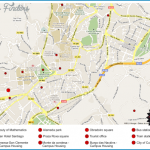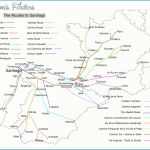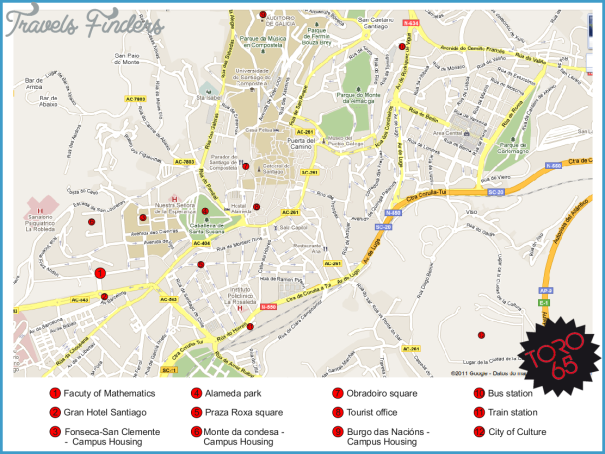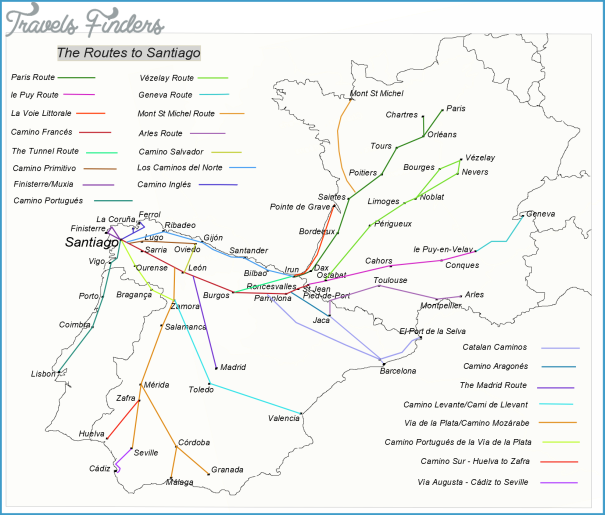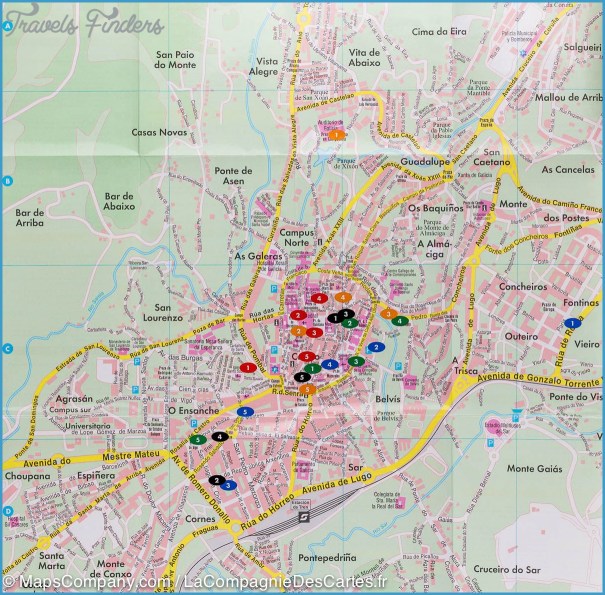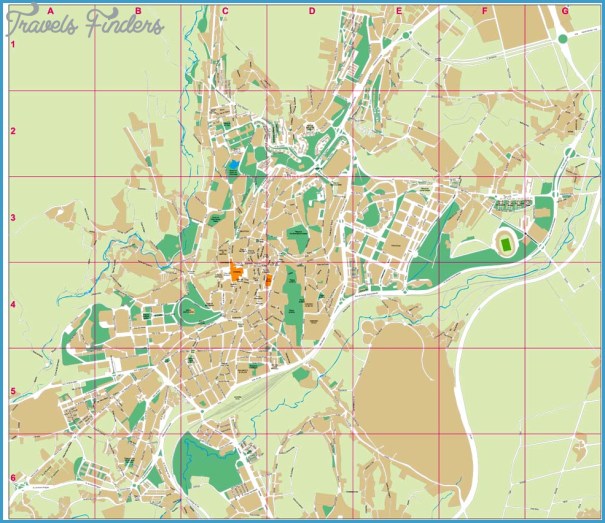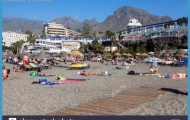MYTHOLOGY:
Much has been written concerning Celtic mythology and the abiding mysticism and practises of the ancient Druids. It is generally accepted that the early Christian Church sought out the sacred sites of the Celts in order to graft its own message directly onto these places. Where else would one go to weave a new consciousness but to areas that already held a deep spiritual connection? It is therefore entirely reasonable to assume that St. James might have come specifically to Finisterre as one of the foremost sites of spiritual practise and ritual in the then known world.
While travelling through Gal 1 icia, George Borrow writes in The Bible in Spain: The Druid’s Stone – I observed a pile of stones of rather a singular appearance it was a Druidical altar, and the most perfect and beautiful one of the kind I had ever seen. It was circular, and consisted of stones immensely large and heavy at the bottom, which towards the top became thinner, having been fashioned by the hand of art to something of the shape of scollop shells. These were surmounted by a very large flat stone, which slanted down towards the South, where was an opening. Three or four individuals might have taken shelter within the interior, in which was growing a small thorn-tree. I gazed with reverence and awe upon the pile where the first colonies of Europe offered their worship to the unknown God. The temples of the mighty and skilful Roman, comparatively of modern date, have crumbled to dust in its neighbourhood. The Roman has left behind him his deathless writings, his history, and his songs; the Goth his liturgy, his traditions, and the germs of noble institutions; the Moor his chivalry, his discoveries in medicine, and the foundations of the modern commerce: and where is the memorial of the Druidic races? Yonder: that pile of eternal stones!
Santiago de Compostela Map English Photo Gallery
Here then, since prehistoric times, people had come to worship some Great Force beyond human understanding, a Power that spoke of eternity and enlightenment based on the perennial light of the sun. This precise spot became one of the holiest and most revered in the ancient world. We can imagine the Ara Solis being both a physical and symbolic point of veneration; a place of sacred worship to some transcendent power. There could have been no richer seam of potential converts for the Christian message than this.
The Ara Solis and the freestanding boulders became natural altars for this ancient rite where the world of things and the world of spirits’ met. Such was the significance of this site, that the Romans built here the legendary city of Dugium (Dugio /Duyo /Duio). George Borrow, writing in 1836, recalls 4Upon this beach had once stood an immense commercial city, the proudest in all Spain. This now desolate bay had once resounded with the voices of myriads, when the keels and commerce of all the then known world were wafted to Duyo.’ It is said that legionnaires retired here to end their days where they were closest to the meeting of the worlds’ and Paradise itself. Thankfully, little remains to authenticate the historical origins of Duio and so it lives on in legend far more forcefully than if it were just another tourist site. The nearby village of Duio San Martino still evokes a timelessness unmarred by souvenir shops.
The absence of hard historical evidence for St. James’s travels around the Ibernian peninsular allows us room to speculate. The many legends firmly place the city of Iria Flavia and neighbouring Padron. on the banks of the rio Ulla, as the place where he arrived into Roman occupied Iberia. We have already remarked that Santiaguirio Mount is supposedly where he first preached his Master’s message of love and forgiveness. Finisterre is only 50 kilometres by sea from Iria Flavia. Ii would have been as easy to sail into one of the ports around Finisterre, possibly Dugium itself or the legendary port Artabrorum Povtus, as up the Ria Arousa into Padron. If St. James came to Galicia, it is inconceivable that he did not travel to Finisterre, representing such a major centre of spiritual significance.

